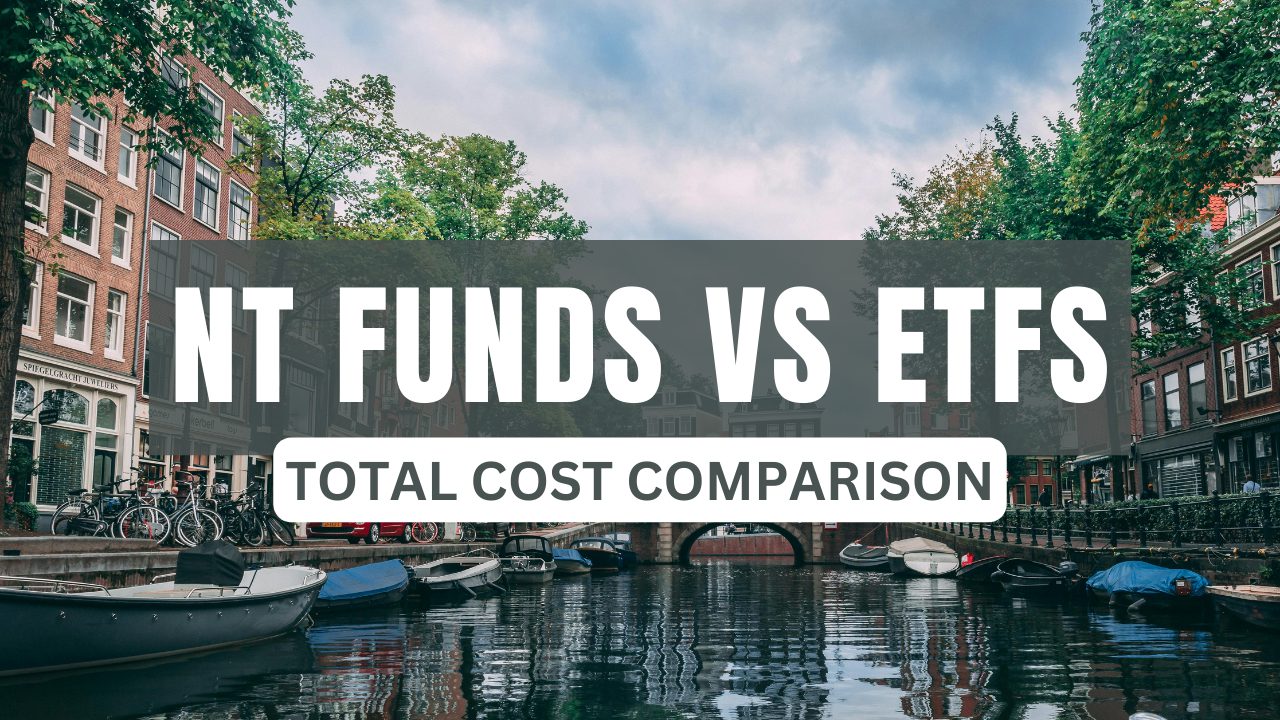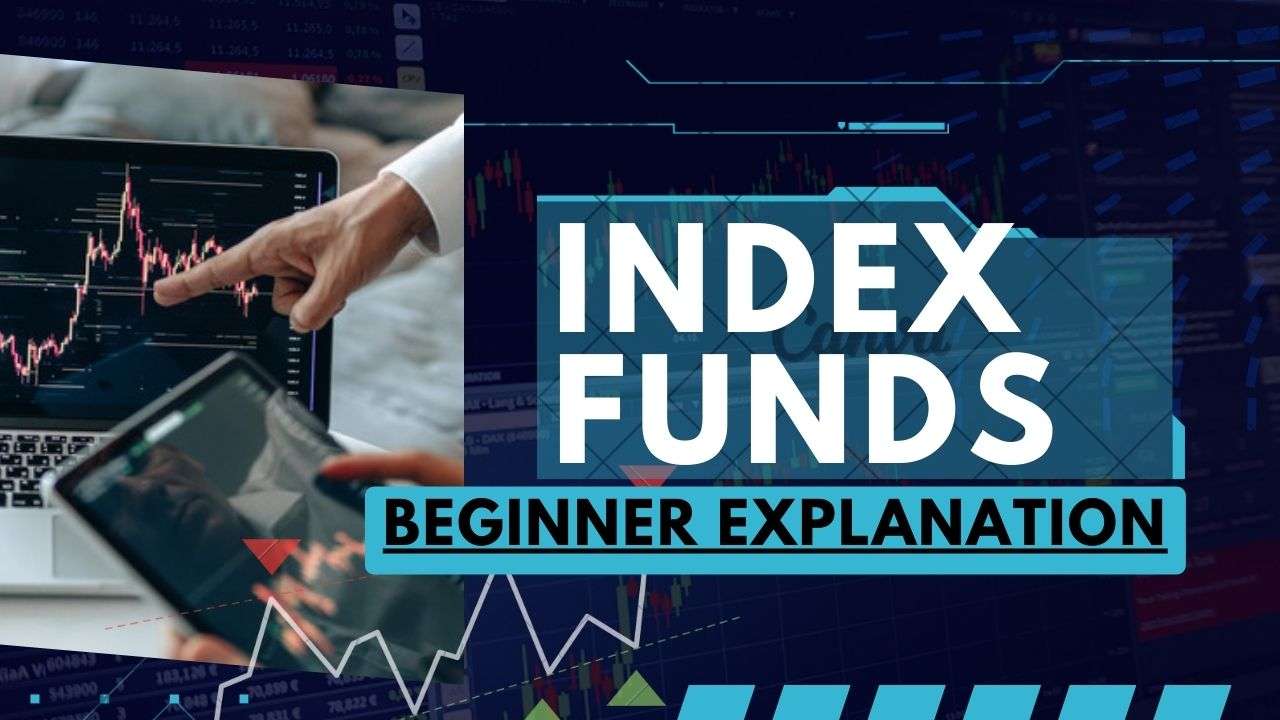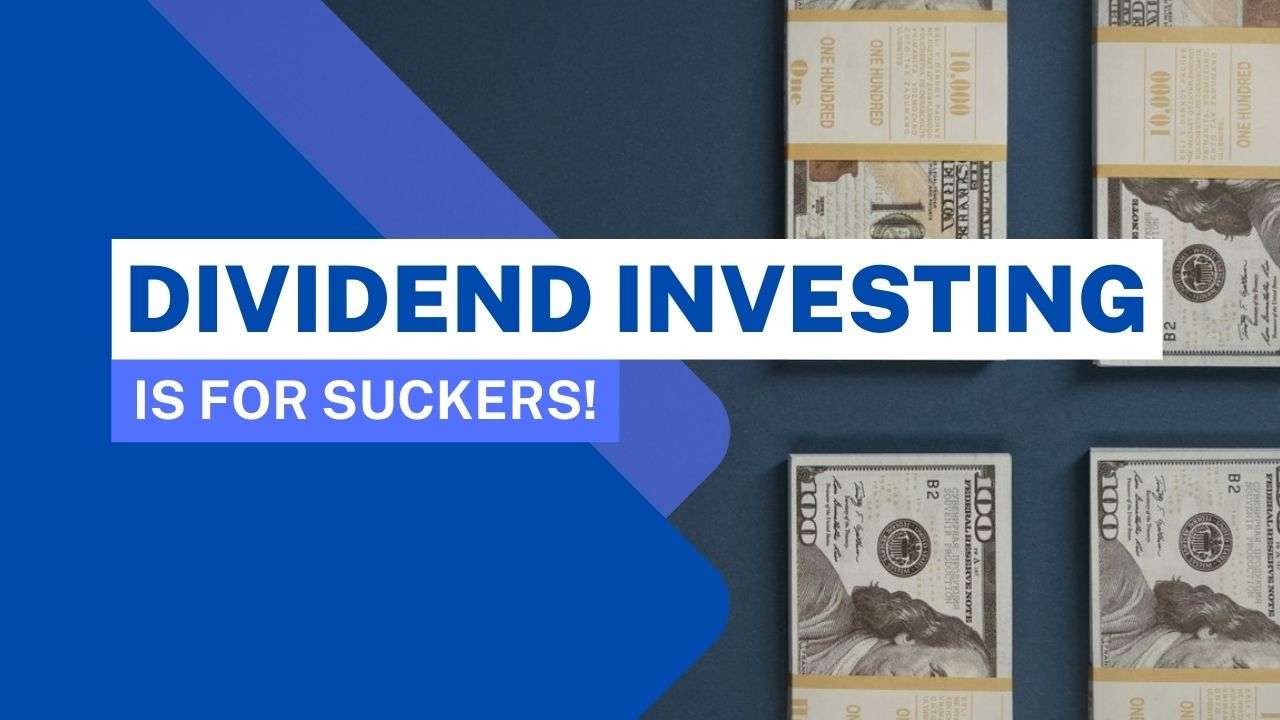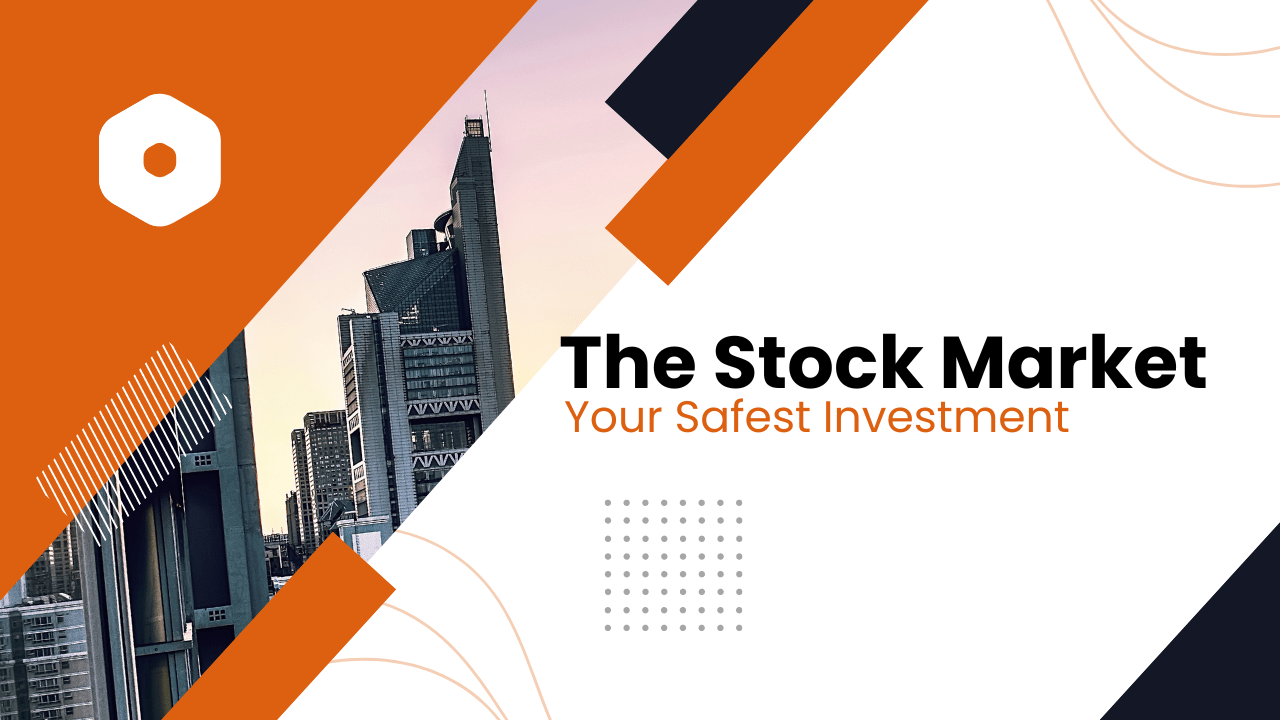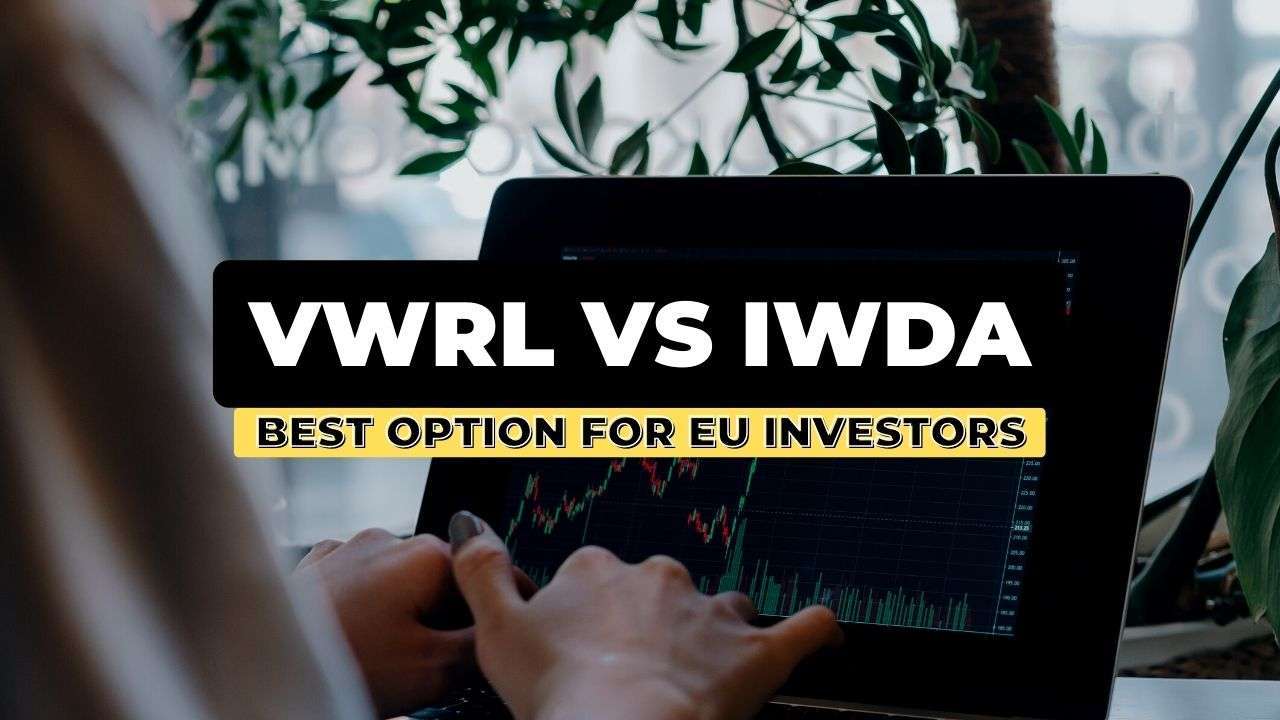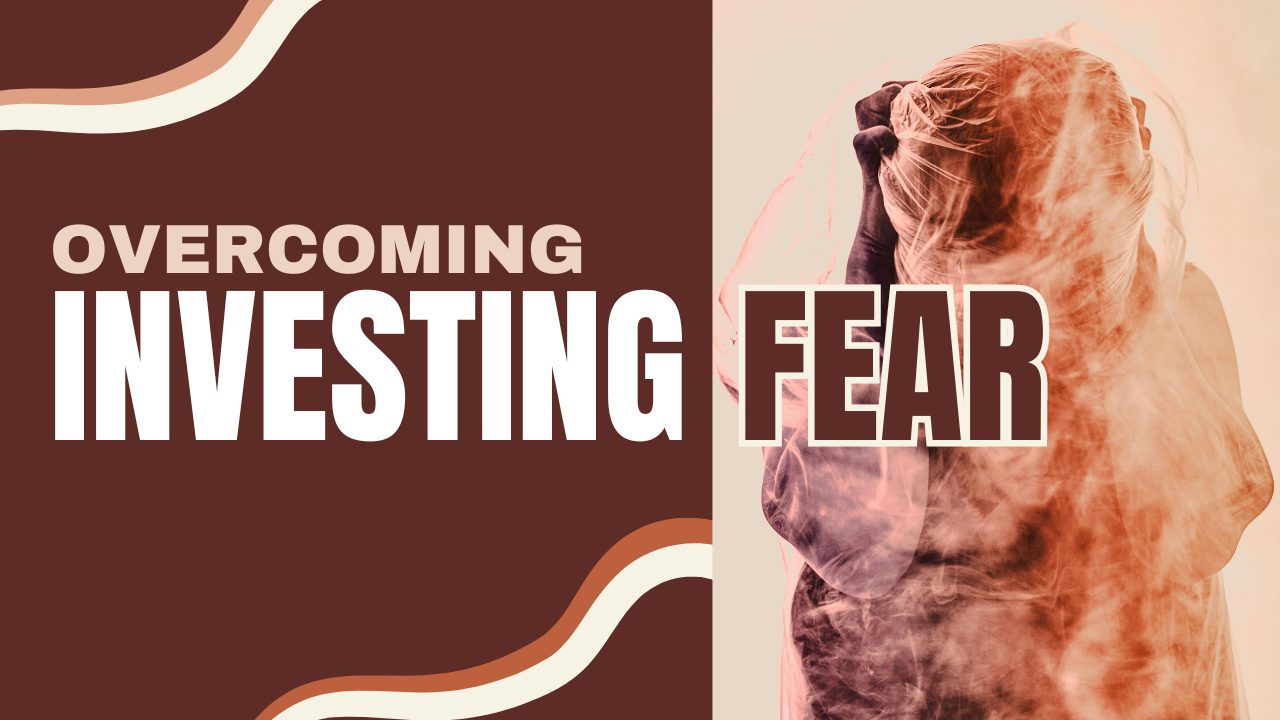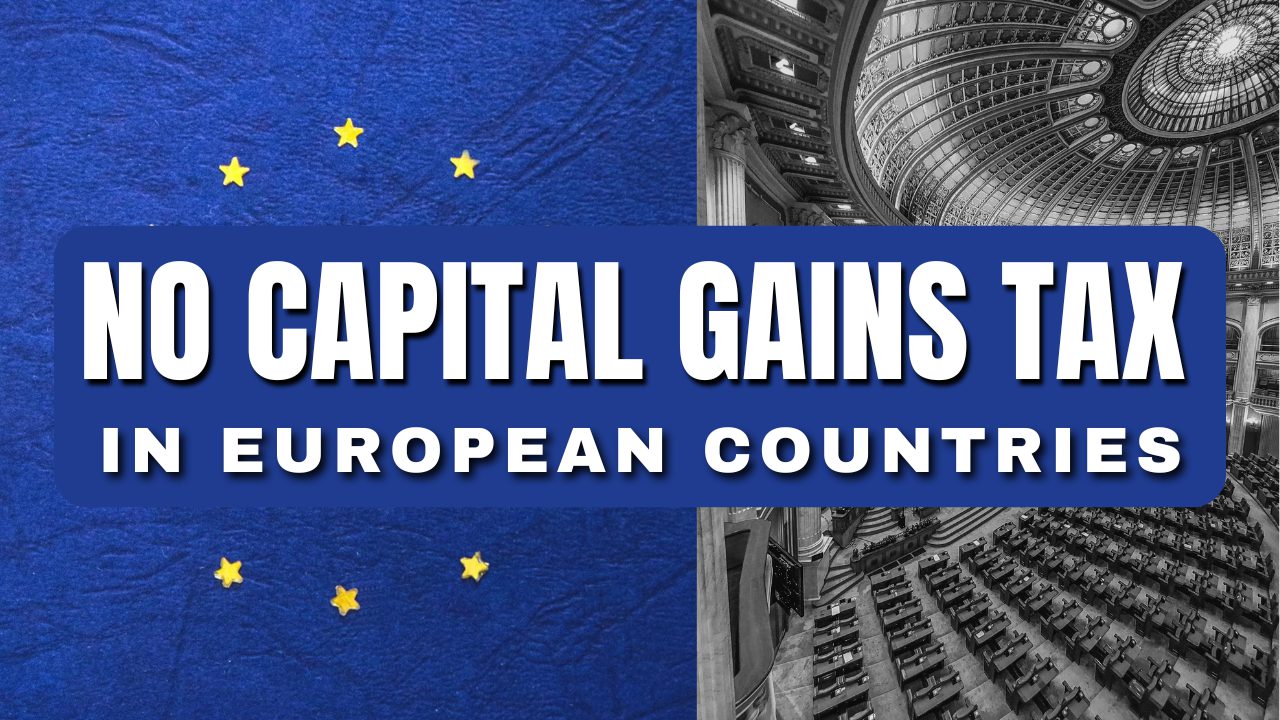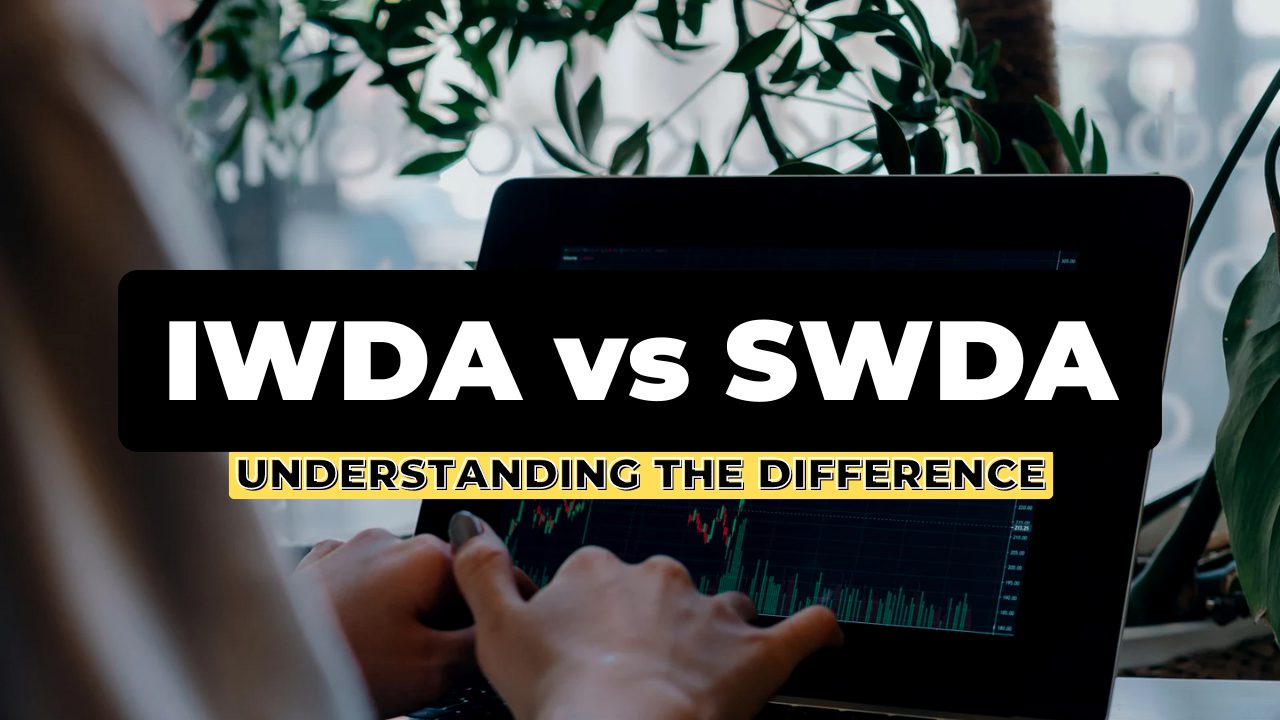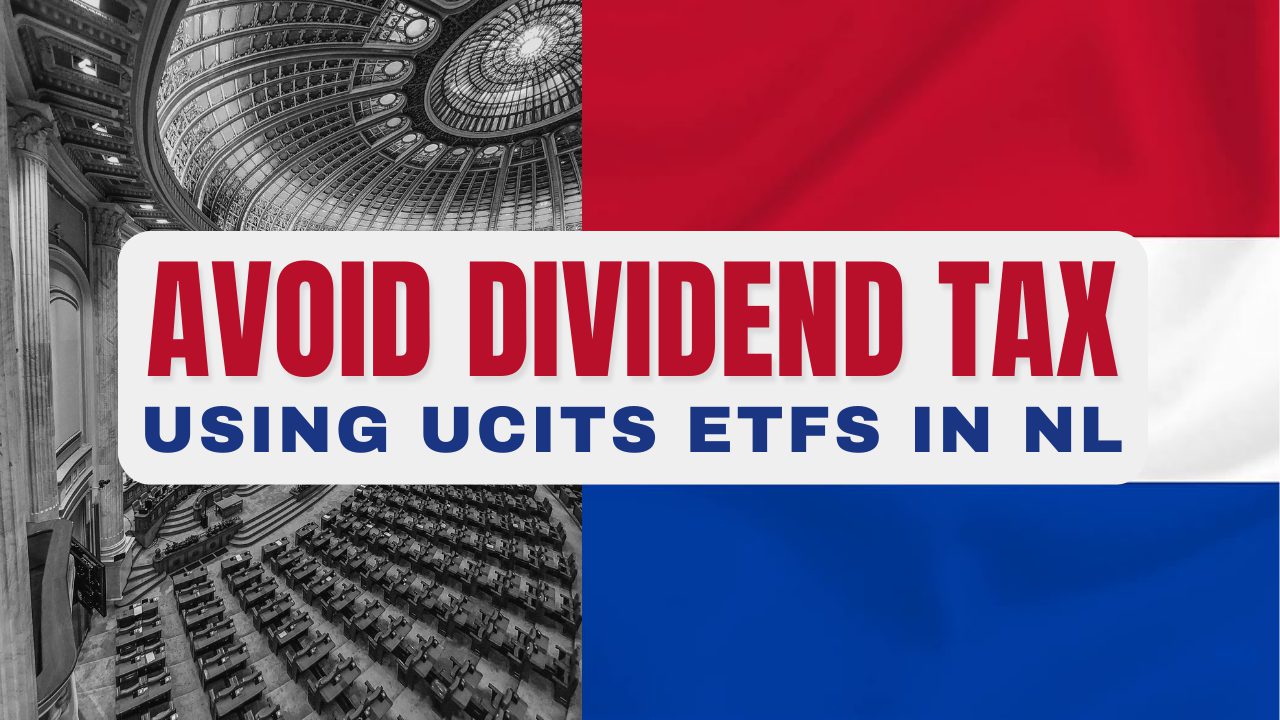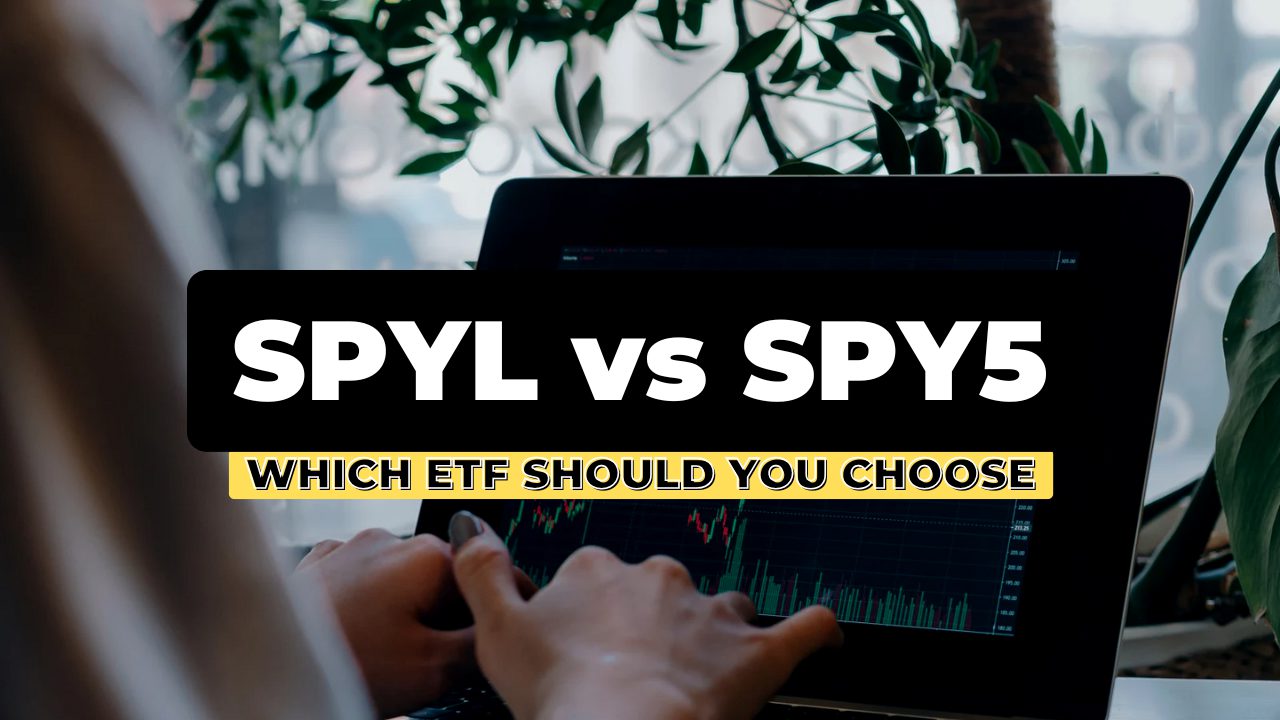
If you heard about ETFs but don’t completely understand what they are, you’re at the right place.
So, what is an ETF?
What are ETFs?
Let’s start with breaking down the acronym first. Maybe it will answer more questions than only what it stands for.
ETF stands for Exchange Traded Fund.
Exchange traded, as it suggests, means that it’s traded on a stock exchange (similar to stocks). And fund, as it suggests, means that it’s a fund (has similar characteristics of standard investment funds).
So basically, an ETF is a like a basket that can hold stocks, bonds, currencies, commodities, or other underlying assets and derivatives thereof.
Most ETFs track the performance of a market index, such as the S&P 500 or FTSE All-World.
This might remind you of an index fund. And indeed, in many ways index-tracking ETFs are quite similar to index funds but at the same time, they’re also quite different.
Differences Between Index Funds and ETFs
ETFs trade on stock exchanges, just like stocks. So you wouldn’t buy the shares from the fund itself, but through a broker.
So owning an ETF shouldn’t feel much different than owning an index fund, but buying an ETF shouldn’t feel much different than buying a share in a company.
As you probably know, index funds are bought or sold at the end of a trading day for their NAV (net asset value). But since ETFs trade during trading hours (just like stocks), their prices fluctuate throughout the day.
So unlike index funds, it is possible to day-trade ETFs. Which doesn’t mean that you should – distinguish whether you’re an investor or a trader.
Understanding an ETF Quote
You can research the details about a certain ETF using its provider’s website (such as iShares or Vanguard) or a third-party tool such as JustETF.
The first thing you’d see is the fund’s performance – usually its 3 month, YTD (year to date), 1 year, 3 year, and 5 year returns.
But the most important details will be in the factsheet/fund facts section.
Here’s an example of what you would see:
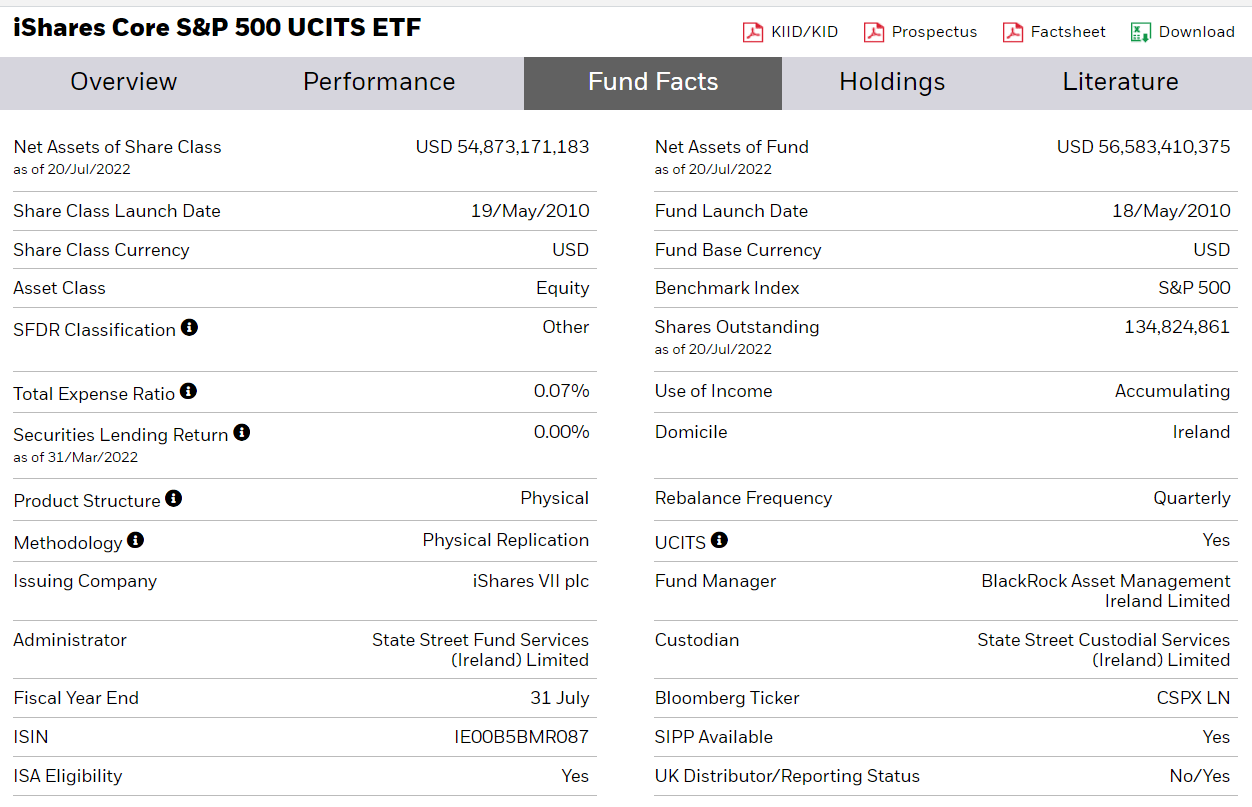
The fund facts cover almost everything you need to know as an index investor.
As you can see in the picture above, the benchmark index field shows that it tracks the S&P 500.
Keep in mind that these fields can have different names in different resources. But when you know what you’re looking for, it won’t be a problem to figure it out.
Below are some more characteristics you might be interested in:
- Management fee or total expense ratio is what you’ll need to pay close attention to. Just like all investment funds, all ETFs have annual management fees.
- Distribution policy (Dist. vs Acc.), describing whether the fund pays out dividends or reinvests them. In the picture, it’s the Use of Income field and it’s Accumulating.
- Distribution frequency (yearly, semi-annually, quarterly) and the yield (similar to stocks – the ratio between the annual per-share dividend and the ETF’s price).
- Shares outstanding and the volume describing how much is traded over a period of time.
How to Pick ETFs
The good news is that you’d only need a subset of the characteristics from the fact sheet to successfully pick an ETF.
Once you determined your preferred index and distribution policy, it comes down to picking the ETF with the lowest TER (Total Expense Ratio).
For ETFs that track an index, this should be a small percentage. To help you understand the scale, the ETF from the screenshot above ($CSPX) has a TER of 0.07%. This is for the privilege of clicking a button and having BlackRock worry about distributing and rebalancing your money across 500 companies.
Spend some time comparing the costs of ETFs, as a low cost is crucial for long-term investing. In my total expense ratio post, I already described how big of a difference a 1% fee can make in the long run.
In summary, you can save hundreds of thousands dollars over the years by making a good decision today.
The larger global ETF providers are usually competitive with their fees, so I recommend sticking to those:
- BlackRock (managing iShares)
- Vanguard
- SPDR
- Charles Schwab, etc.
To compare ETFs from different providers in an uniform manner, I recommend using the ETF screener at JustETF.
It’s a really useful tool that allows you to filter ETFs by type (equity, bonds, commodity, real estate, etc.), region, country, sector, and much more. It offers an easy way to compare the most important details of your top picks without of going to the websites of various providers with different UIs.
Summary of Picking ETFs
Determine which index you want to track and a preferred distribution policy. Then choose a reputable provider’s ETF with the lowest TER.
Things are straight forward when you have a tight grasp of the fundamentals.
For a comprehensive, beginner-friendly, and free resource on stock market investing, visit:
How to Start Investing: A Complete Beginner Series.
 Husband & Father
Husband & Father  Software Engineer
Software Engineer 

